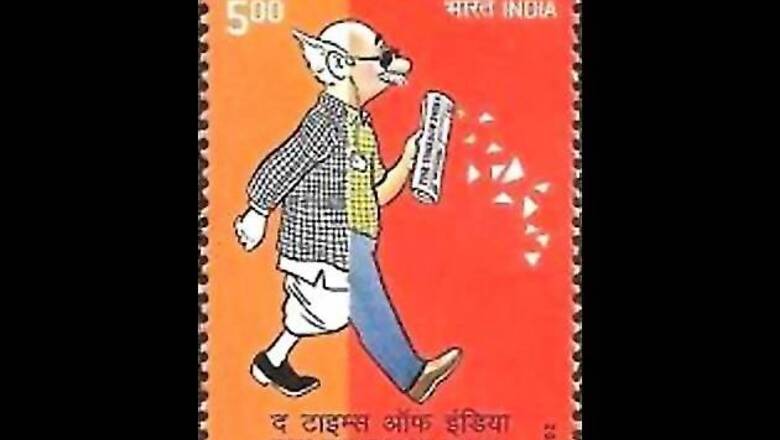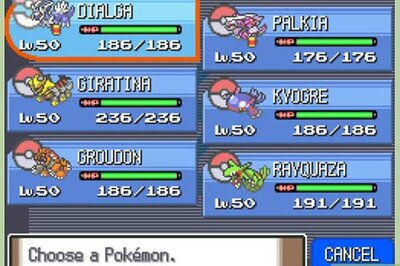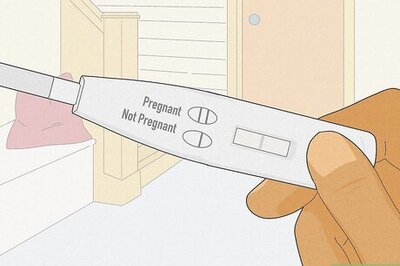
views
From the surge of emotion and empathy at the passing of RK Laxman, one thing is clear: The Common Man is a national asset worthy of being immortalised.
But who will do it is the question to which Maharashtra Chief Minister Devendra Phadnavis provided a part answer when he announced his government would set up a museum for the Common Man.
The unanswered part of the question is how would the Maharashtra government set up this museum without access to the original line drawings of RK Laxman's work? Would the 'museum' make sense with Xeroxed images of RK Laxman's work? Who would even visit it?
Thousands of Laxman's cartoons have been reproduced and re-reproduced in the Times of India and thousands lie copy-pasted on the internet - so how would the 'museum' be a draw?
As my respectful tribute, I wish to place on record the immense value of Laxman's line drawings in their original form (art works). I think future generations deserve to see them thus. I'm saying this not merely because they are there! Laxman's original drawings are a treasure trove, to say the least. They deserve to be seen by the public at large, and that's where his employers, the Times of India, come into the picture.
Copyright must have been tucked away in some clause of Laxman's contract with the Times of India, which makes them the legal owner of the Common Man brand. And, even if it isn't, no one would grudge India's newspaper-of-record its due, least of this writer who enjoyed the hospitality of her columns from 1989-2014.
So, I hope I am not seen as presumptuous or without locus on a contract between Laxman and my erstwhile employer, when I suggest that the proposed museum for the Common Man would have little meaning without the active collaboration of the Times of India.
My limited interest is that there should be a proper structure where the owners of the Times of India share with future generations his original drawings. Only that would be befitting of the memory of one of the world's foremost cartoonists. So, that decision needs to be taken fast. And I say that with a reason.
I don't think the family of Laxman has much original work relating to his Common Man. Whatever they have is apparently what the great man left behind from free-lance work that his contract permitted.
Also, it may be rude to point out, the intrinsic value of Laxman's work is fast depleting in the eyes of Indians below 25. Before they got into the habit of reading the Times of India, the master's left hand was getting weak. Partial paralysis had reduced his ability to create a cartoon relevant for the next day. The spirit hadn't waned, the mind was just as agile, but alas, the hands weren't obeying.
When a reporter from today's generation sought me out for an interview on Laxman, guess what his first question was: "Tell me something about, KR Laxman!" I cringed, only to forgive him and his generation their innocence. Clearly reproductions of Laxman's best which the Times of India heroically ran during the last 10-15 years hadn't made the same indelible impression on this generation as the originals had on earlier generations.
To see Laxman's wonderful creations, outside of his free-lance work, it is the Times of India (not the Laxman family) that will have to open its heart and co-create the Archives along with the Maharashtra government.
I have no doubt that these originals are still in good condition - though time and white ants respect no one. Worse, some of them which the great man may have gifted to unknown folks might start finding their way into the grey market - with no particular use to the Times of India or connoisseurs of cartooning 50 years from now. Their relevance is now, and hence the need for speed.
Let the originals be treated as national treasures because they are the original #MakeInIndia creations from the nib and stem of an individual who did not work for himself unlike, say, MF Husain or Raja Ravi Varma. In a word, Laxman is an example unto himself - a man whose creativity and the corporate entity he served were two sides of the same coin.
Laxman's originals deserve to be properly curated, even critiqued, but hell, they deserve to breathe some fresh oxygen!
(Neelabh Banerjee, or @neelabhtoons as he signs off now, was introduced to Laxman at the age of 12 by his parents, Mr RC Banerjee and Ms Pratima Banerjee, both ink-and-brush cartoonists. Neelabh's move to the Times of India was because of Laxman's presence as a safe harbour for the art. True to form, the Times of India allowed him to draw the Common Man on special occasions, including the commemorative postage stamp released by a grateful nation.)
Courtesy: exchange4media.com



















Comments
0 comment